Although plants are considered a must for most aquarists for the home fish tank, when considering a Tanganyika biotype they are far from a natural occurrence in the African lake itself. They are generally only found muddy bays with shallow waters, which don’t normally contain any of the fish we keep in the home aquarium so if you are sticking with a true biotype then plants aren’t required.
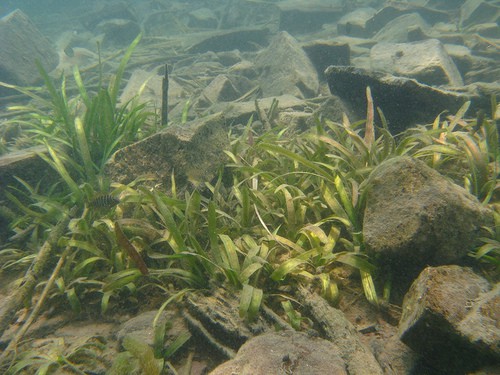
The plants normally found in these muddy areas where fish are rarely caught are Ceratophyllum, Vallisneria and the odd Potamogeton. Having said this, plants always tend to make an aquarium pop out a bit more and are aesthetically more appealing due to giving more of a colour contrast within the aquarium.
Not all aquarium plants can be housed with Tanganyika cichlids and not all cichlids from Tanganyika can be housed with aquatic plants, however there are only a few cichlid species from the lake which will eat such greenery, most do not see plants as a part of their diet and will ignore them. The only Tanganyika species known to feed on aquatic plants are Limnotilapia Dardennii, Tylochromis Polylepis and Oreochronis Tanganicae. Other than this, all other Tanaganyika cichlids can be confidently housed with aquatic plants without fear of them eating them.
The bigger issue to consider when deciding whether to have plants in your lake Tanganyika aquarium is that most cichlids will dig caves and breeding grounds in and around rocks and within hours can re-arrange your substrate with no problem. This could lead to your aquarium plants be un-rooted, this is especially important for those plants with soft leaves as the un-rooting of such plants will result in their demise. To minimise the amount of digging then cichlids such as Tropheus and Gobys should be kept.
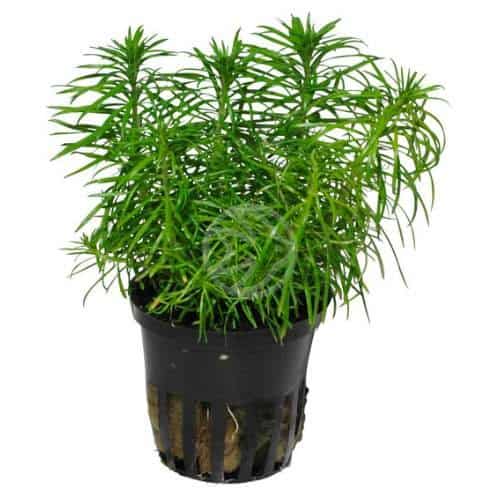
If you are to go for plants in your Tanganyika aquarium then a gravel of around 1-3mm grade is ideal whilst sand is unlikely to result in positive plant growth. If buying plants in small plastic pots, leave the plant in the pot and build a small rockery around this to ensure it stays in place and doesn’t get uprooted. In an ideal world, leave the plants in the aquarium for 3-4 weeks to allow them to establish before adding any plants to the tank.
If you do not wish to risk using real plants in the aquarium then plastic ones are always an option, these days they look so realistic it is often unknown to the observer whether they are real or not anyway. Here is an example of a Tanganyika tank which I used plastic plants in:


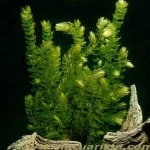
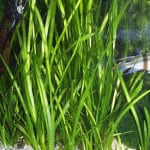
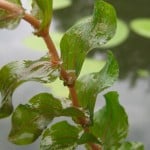
Related Posts
A Deeper Look In To Loach Fish Species
How Much Salt Should I Add To My Freshwater Aquarium
Everything You Need To Know About Using T5 Lights For Your Aquarium